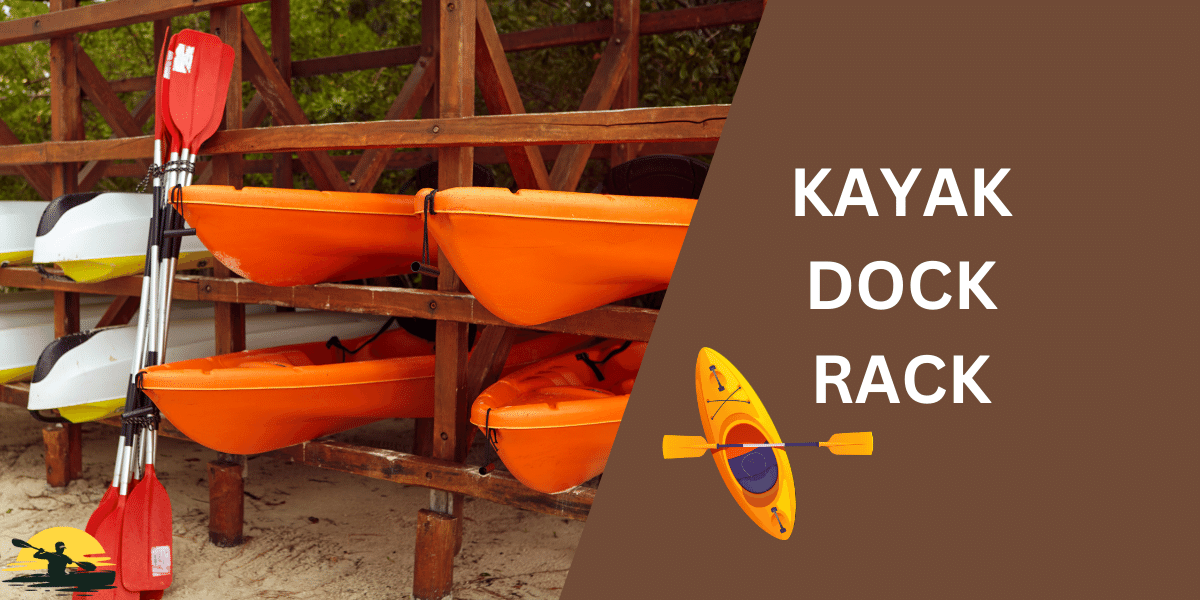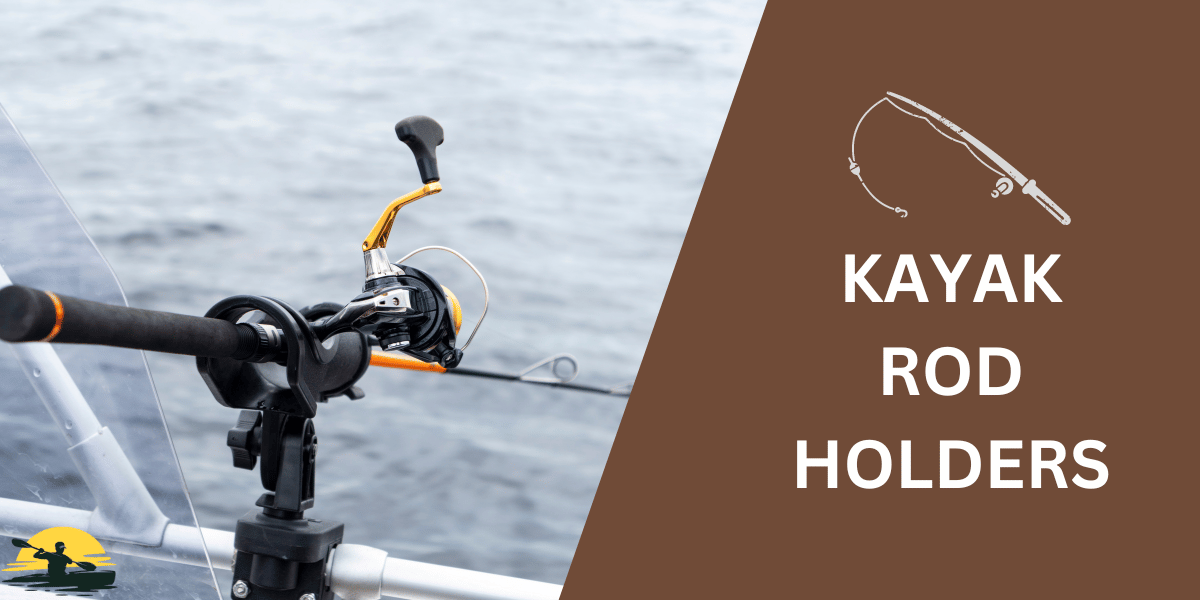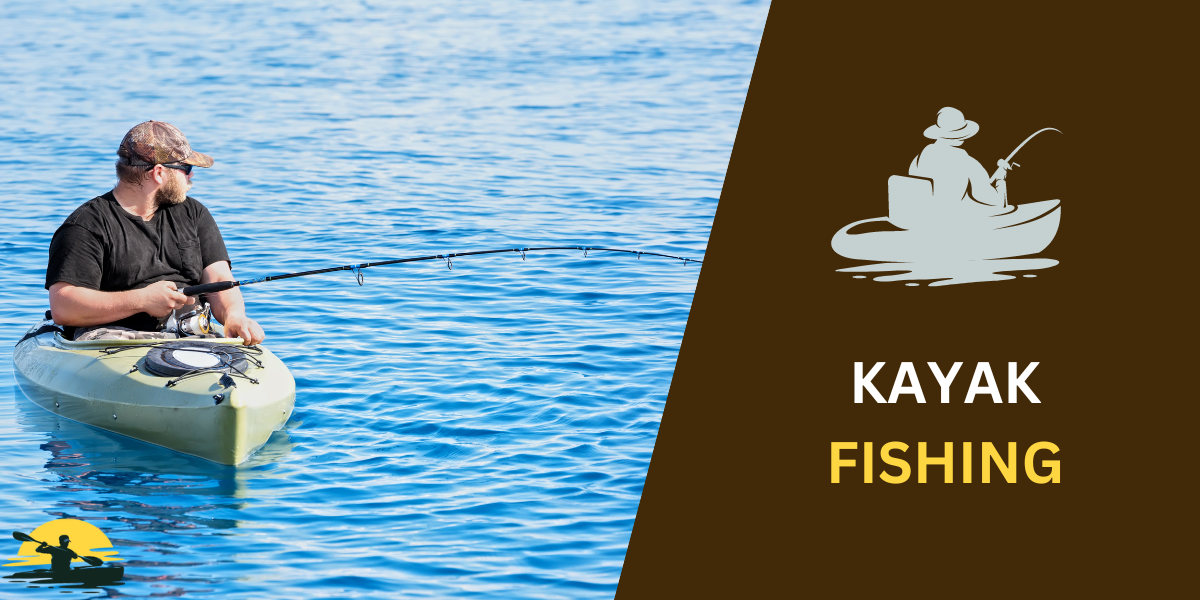
Creating a homemade kayak launch can transform your waterfront property or local pond into a paddler’s paradise. Whether you’re a seasoned kayaker or new to the sport, a dedicated launch area adds convenience and safety to your adventures. This extensive guide will walk you through how to build a homemade kayak launch in 2024 tailored to fit your needs and environment.
Understanding the Basics
First, let’s dive into what makes a grand kayak launch.
Ideally, it should provide stable footing for entering and exiting your kayak, minimize the impact on the shoreline, and withstand the elements.
With these criteria in mind, there are two popular types of launches: the fixed dock and the floating dock. While both have their merits, a floating dock is often preferred for its adaptability to changing water levels and ease of installation.

Planning Your Kayak Launch
- Assess Your Needs: Consider the number of kayaks, the location’s water level variability, and accessibility requirements.
- Choose the Right Location: Look for a sheltered area with calm water. Avoid sites with fast currents or heavy boat traffic.
- Design Considerations: Ensure your launch is wide enough for easy access and includes a gentle slope into the water. A typical launch is about 3-4 feet wide.

Gathering Materials
- Pressure Treated Wood: Essential for any outdoor structure, pressure-treated wood resists rot and insect damage.
- Floating Dock Kits: These can simplify the construction process and ensure buoyancy.
- Hardware: Galvanized or stainless steel screws and hinges will withstand the elements.
- Non-slip Surface Material: Safety comes first, and a non-slip surface is necessary for wet conditions.

Step-by-Step Construction
1. Designing Your Launch
Start by sketching your design, considering the size of your kayaks and the specifics of your chosen location. This phase is crucial for a successful build.
2. Building the Frame
Using pressure-treated wood, construct a rectangular frame. This will serve as the base of your kayak launch. Attach flotation units underneath the frame for a floating dock at this stage.

3. Adding the Deck
Cover the frame with decking boards, leaving a small gap between each panel to allow water to drain. Ensure the surface is even and secure.
4. Installing Safety Features
Handrails or a railing system can offer additional support and safety for users. Consider adding a kayak slide or rollers for more effortless movement into the water.
5. Creating a Non-slip Surface
Apply a non-slip coating or material to the deck. Options include specialized paints, rubber matting, or textured strips.
Maintenance and Care
Regular maintenance and inspection will extend the life of your kayak launch. Check for loose hardware, signs of wear, or damage to the flotation units. Keeping the launch clean and debris-free will also ensure all users’ safety.
Personalization and Enhancements

Building a DIY kayak launch allows for customization. Consider adding storage racks for paddles and life vests, seating for relaxation, or personalized signage. These touches can make your kayak launch uniquely yours.
Navigating Regulations and Permissions
Before starting your project, check with local authorities regarding any permits or regulations. Waterfront construction can be subject to specific guidelines designed to protect the environment and public access.
Conclusion
A homemade kayak launch is a rewarding project that enhances your kayaking experience. Following these steps, you can make a functional and durable launch that will be a gateway to countless adventures on the water. Plan carefully, choose suitable materials, and personalize your launch to suit your needs. Happy paddling!

Building your kayak launch provides a convenient and safe spot for launching kayaks, enhances your enjoyment of the water, and adds value to your property. You can make a launch that will serve you for many years with some creativity and effort.
Frequently Asked Questions
How do I build a homemade kayak launch?
Building a homemade kayak launch involves:
1. Selecting a suitable location.
2. Gathering materials like pressure-treated wood or recycled plastics.
3. Constructing a stable platform or ramp.
The design should include:
1. A tender slope for effortless entry and exit from the water.
2. Securing the structure to the shoreline.
3. A floating dock for stability.
Can a floating dock serve as a kayak launch?
Absolutely! A floating dock can be an excellent base for a kayak launch, offering stability and flexibility in water levels. Attaching a ramp or slip-resistant surface, you can easily convert a floating dock into a functional and safe kayak or canoe launch pad.
What materials are best for constructing a canoe launch pad?
For durability and safety, pressure-treated wood is a top choice for constructing a canoe launch pad. It withstands moisture and decay, making it ideal for wet environments. Alternatively, recycled plastics or composite materials can offer longevity and require less maintenance.
How can I ensure my kayak launch is smooth on slippery shores?
On slippery shores, the key is to add traction to your kayak launch. This can be achieved by incorporating textured surfaces, anti-slip mats, or sand paint into the ramp or access area. These modifications can be a game changer in preventing slips and falls.
Is it feasible for a DIY enthusiast to build a kayak launch?
Building a kayak launch is feasible for a DIY enthusiast with basic carpentry skills. Ron Legault, a renowned DIY kayak enthusiast, emphasizes the importance of planning, proper materials, and safety considerations in his guides. Constructing a DIY kayak launch with the right tools and guidance is an achievable weekend project.










